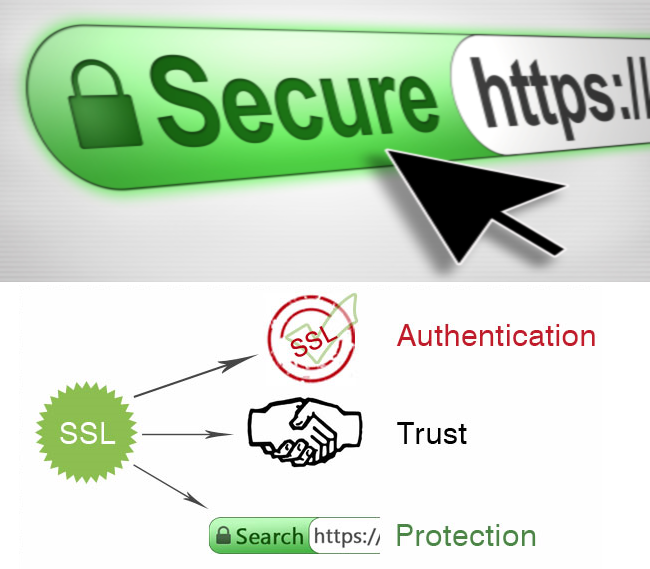
Online security has been a major concern over the years , especially with advanced kinds of cyber attacks breaking the defences that predominantly remain rudimentary in their abilities. However, what is heart-warming is that in the recent years, the need for web-encryption has taken precedence, and according to a recent report, at least half of Internet traffic is now protected by HTTPS.
If you are wondering how do you know that the website you are using has encryption or not. There is a very simple way to find out. Check if the website you have opened on your browser has a little green lock right next to its address. That little lock is the indicator that the page you are using has been sourced via HTTPS, which is the web's secure protocol, rather than plain old HTTP which was prone to attacks.
When you visit a site that makes use of HTTPS (secure connection), the website's server has to provide a certificate to prove their identity to browsers, like Firefox. This acts to provide legitimacy for the website and also to make the users aware if any transactions or important information that they will share on the website will be secure or not.
Over the years all the major websites and social media platforms have adapted this protocol to ensure that their website and their users enjoy a layer of protection while using the Internet. The report cited that in 2017, Mozilla announced that due to the impetus given to security, now the volume of encrypted web traffic on the Firefox server dwarfs the average unencrypted volume. Meanwhile, Google has also shown data that in the recent times, there has been a consistent rise in the usage of HTTPS and now more than half of the pages accessed from their browser across all operating systems is secure in nature.









